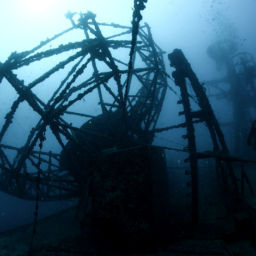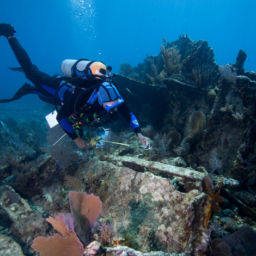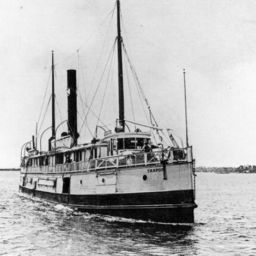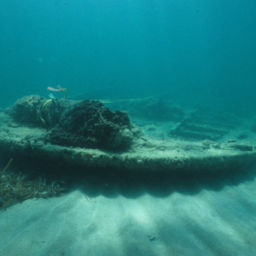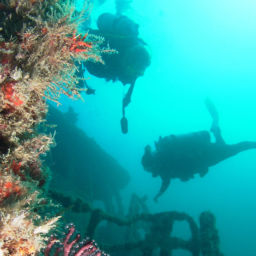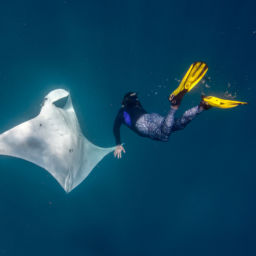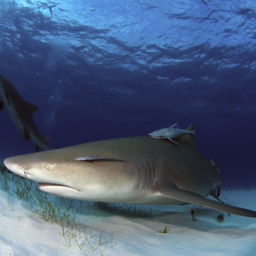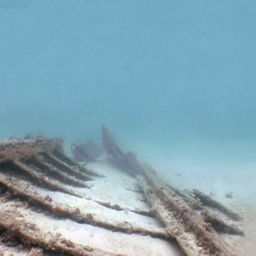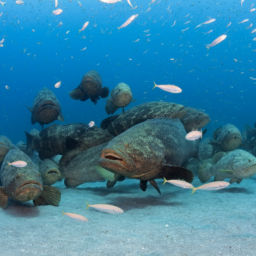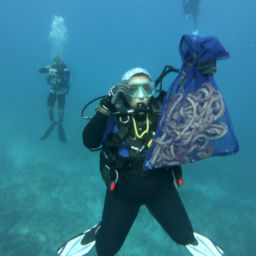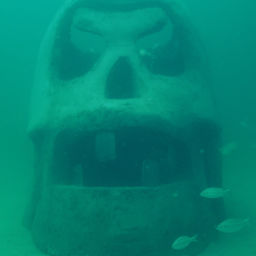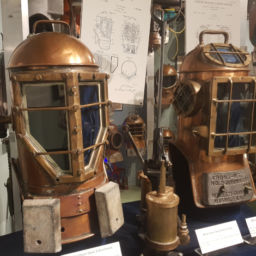The coral reefs and shipwrecks of the Florida Keys provide unparalleled experiences, making the southernmost tip of the continental U.S. one of the world’s most-popular diving locations. Now, the Florida Keys National Marine Sanctuary’s Restoration Blueprint proposes changes to more effectively protect this special place. Divers are encouraged to comment on proposed changes to the sanctuary’s boundaries, marine zones, regulations, and management plan.
The proposals are in response to cumulative and emerging threats to the coral-reef ecosystem that drives the economy and the local way of life in the Keys. The Restoration Blueprint includes actions to address the decline in resource condition, enhance the diving experience, and contribute to the local economy.
Frequent divers in the Keys will no doubt have noticed changes in corals and other marine life over the past several decades. A 2011 Florida Keys National Marine Sanctuary condition report noted natural resources in decline with most scoring fair to poor. Since then, the highly diverse marine ecosystem has suffered cold- and warm-water bleaching events, seagrass die-offs, a Category 4 hurricane, and a severe coral-disease outbreak, affecting half the species of reef-building corals.
The Restoration Blueprint presents four alternatives to address the situation: status quo; the NOAA-preferred option; a slightly less protective alternative; and a slightly more protective alternative. In addition to proposed changes in the boundaries, marine zones and regulations, NOAA is also proposing updates to the sanctuary’s non-regulatory management plan that guides day-to-day operations including restoration, research, buoy maintenance, and education.
Consistent regulations
Diving in high-use areas and among anglers creates safety issues. More-consistent regulations could resolve potential user conflicts and protect natural and cultural resources. They would thereby enhance the value of a diving or snorkeling experience. NOAA economists predict that the result could be an increase in spending of about $2.82 million, with an associated impact on the Monroe County economy of $3.16 million in output and about $1.4 million in income. About 41 full and part-time jobs would result.
The Restoration Blueprint proposes to increase the number of Sanctuary Preservation Areas from 19 to as many as 26. This type of zone protects reefs and separates conflicting uses. It prohibits discharge, fishing, touch and anchoring on coral, making this zone type ideal for diving.
No-anchor zones
No-anchor zones prevent anchors and anchor gear from affecting sensitive habitat, including coral. The Restoration Blueprint proposes expanding no-anchor areas with a revised management plan for installing more mooring buoys. Anchoring causes reductions in fish density, coral cover and reef structural complexity, as well as richness of marine life. Through managing local impacts, the sanctuary aims to increase ecosystem resilience so that it can better withstand regional and global impacts that must be addressed with broader efforts.
Protecting maritime heritage
Divers should expect to see benefits from proposed changes to maritime heritage regulations. NOAA would update the historical resources permitting process to improve resource protection and more closely align NOAA permitting regulations with those of the Florida Department of Historical Resources (DHR). The specific updates consider the sensitive, non-renewable character of historical resources and the shared stewardship responsibilities of NOAA and Florida DHR. Changes to historical resources regulations favor professional archaeological investigations focused on revealing the Florida Keys’ past. Examples of these investigations are archaeological site maps and documentation of the historical context of shipwrecks commonly visited by divers.
Limited use
The Restoration Blueprint also proposes the concept of limited use. NOAA seeks to limit the levels of use within a select number of Sanctuary Preservation Areas: Carysfort, Sombrero, and Sand Key. These sites include areas within each of the Upper Keys, Middle Keys, and Lower Keys.
This proposal is based on increasing levels of overall use and, in some areas, increasing concentrated uses that could affect both the condition of sanctuary resources and the user experience. NOAA proposes to restrict the overall numbers of users that can access these areas at any one time and would consider limiting access to Blue Star dive and snorkel operators only. The sanctuary’s Blue Star program recognizes operators for their commitment to training their staff, educating their customers, and participating in conservation activities to support the marine ecosystem. If (and how) individual user access would be limited is open for public input and ideas.
Fish feeding
NOAA also is proposing prohibiting the feeding of fish, sharks, or other marine species from any vessel and while diving. Fish feeding conducted from shore, from boats, and by divers and snorkelers can greatly alter the natural behavior of animals. The practice also creates human safety issues. In addition, the food offered from vessels or by divers is generally low quality and provides minimal nutrients. Hand-fed fish may become malnourished, stressed, and even die. Fish feeding can also result in changes to fish community structure and dynamics.
The proposed regulation does not affect chumming specifically for the purpose of traditional fishing. Most of the dive industry should expect to benefit from this proposed regulation as it should not cause significant cost increases. The few dive operators that engage in fish feeding may incur significant losses.
Protecting a special place
Florida Keys National Marine Sanctuary protects open ocean, offshore reef tract and nearshore patch reefs, seagrass meadows, hardbottom regions, and fringing mangroves. Its waters and habitats support high species diversity due to the presence of both tropical and subtropical species, including the largest documented contiguous seagrass community in the northern hemisphere and extensive coral reef habitat. The sanctuary is also home to maritime heritage resources that encompass a broad historical period.
The existing regulations, marine zones, and management plan activities designed and implemented in the mid-1990s are no longer sufficient to ensure long-term resource protection and ecosystem function into the future considering those threats. Public input is critical to finding solutions and charting a course for the future of the Florida Keys.
NOAA will take comments through January 31, 2020. Read the document, study static and interactive maps, and learn how to make official comment here.
Guest post by Gena Parsons, communications and outreach manager, National Marine Sanctuary Foundation in support of Florida Keys National Marine Sanctuary




